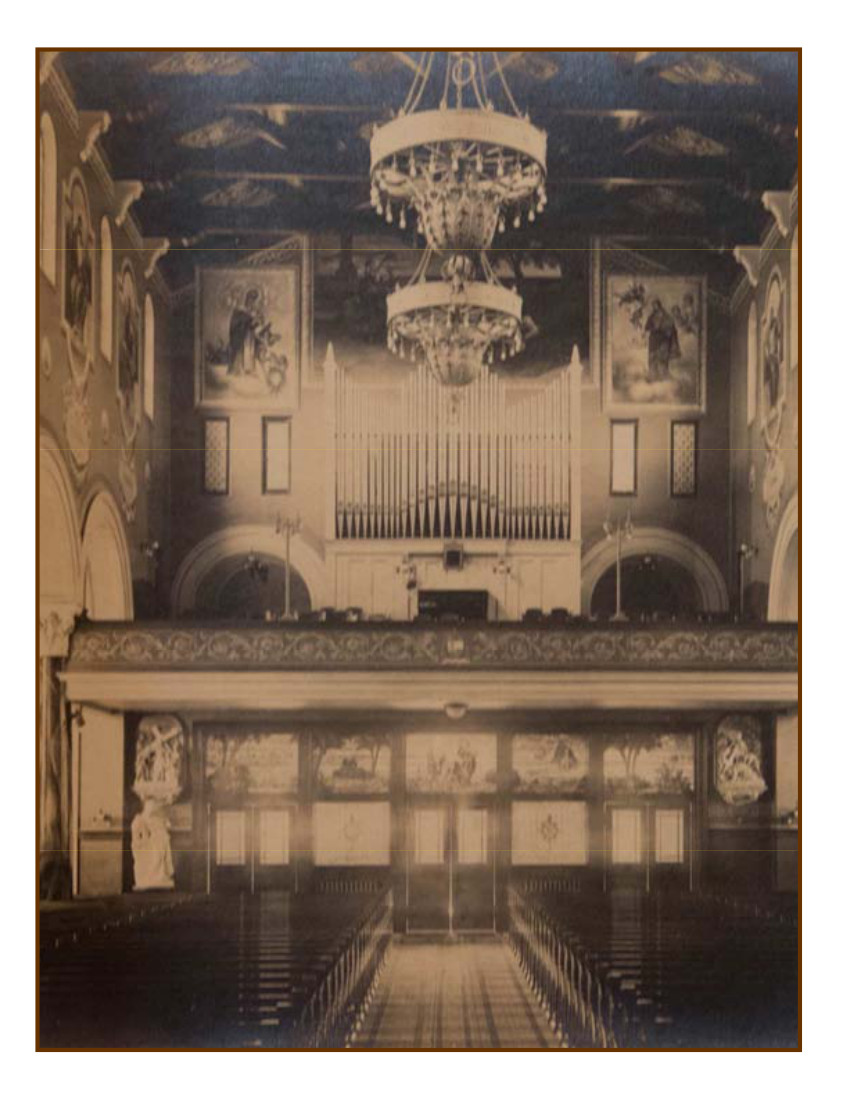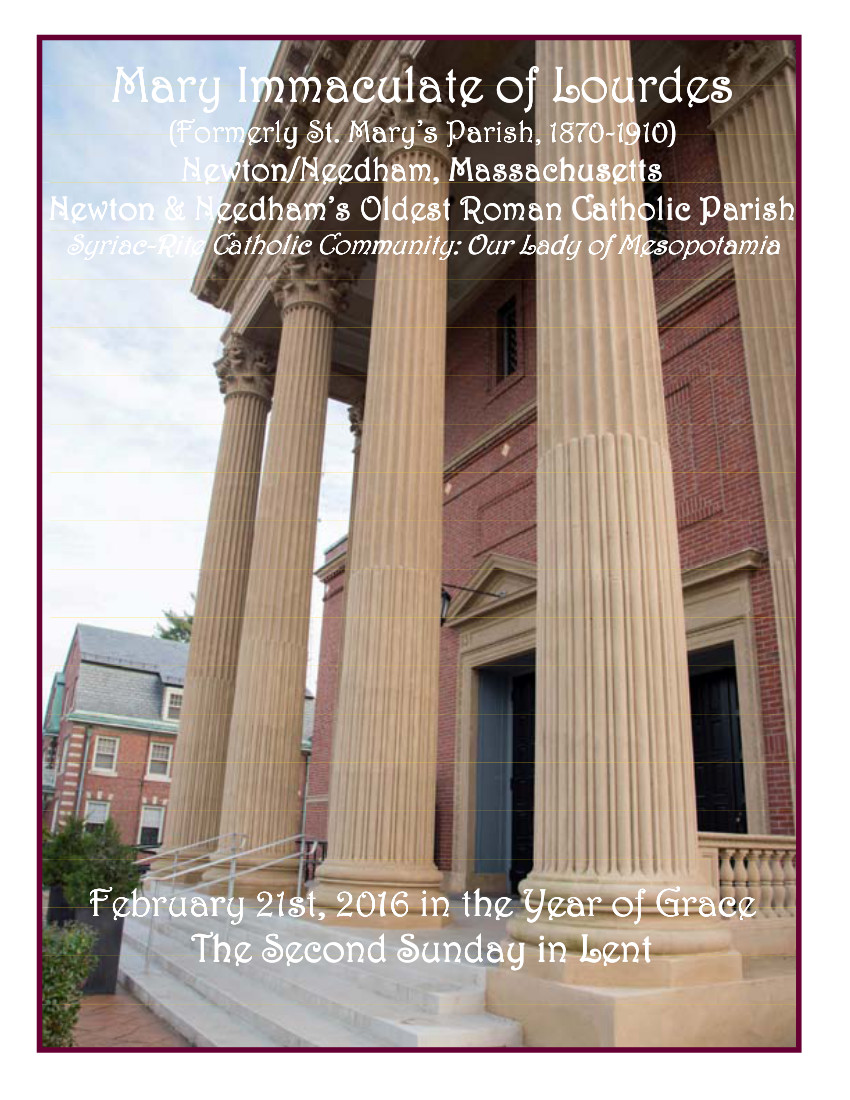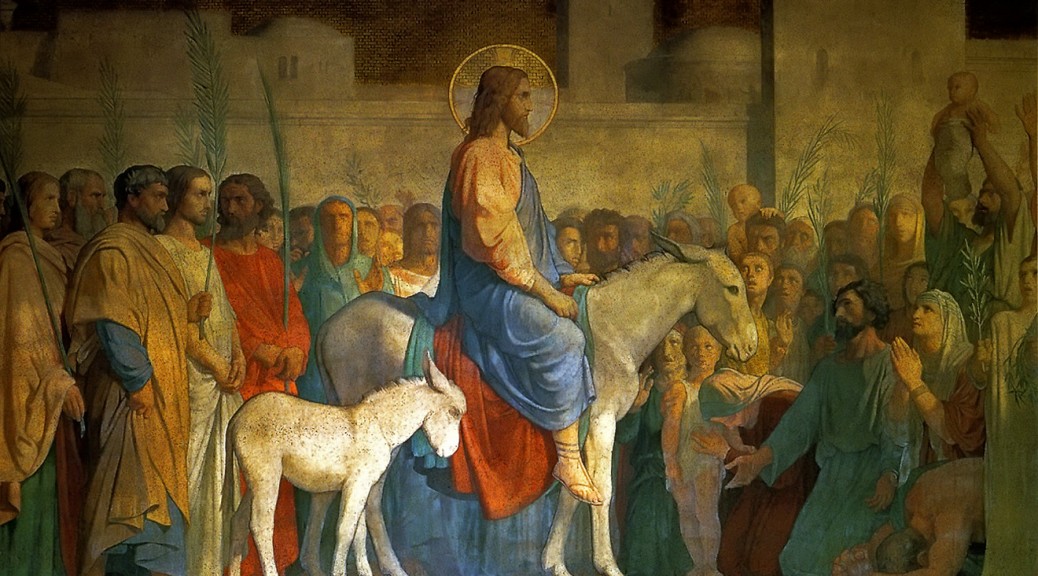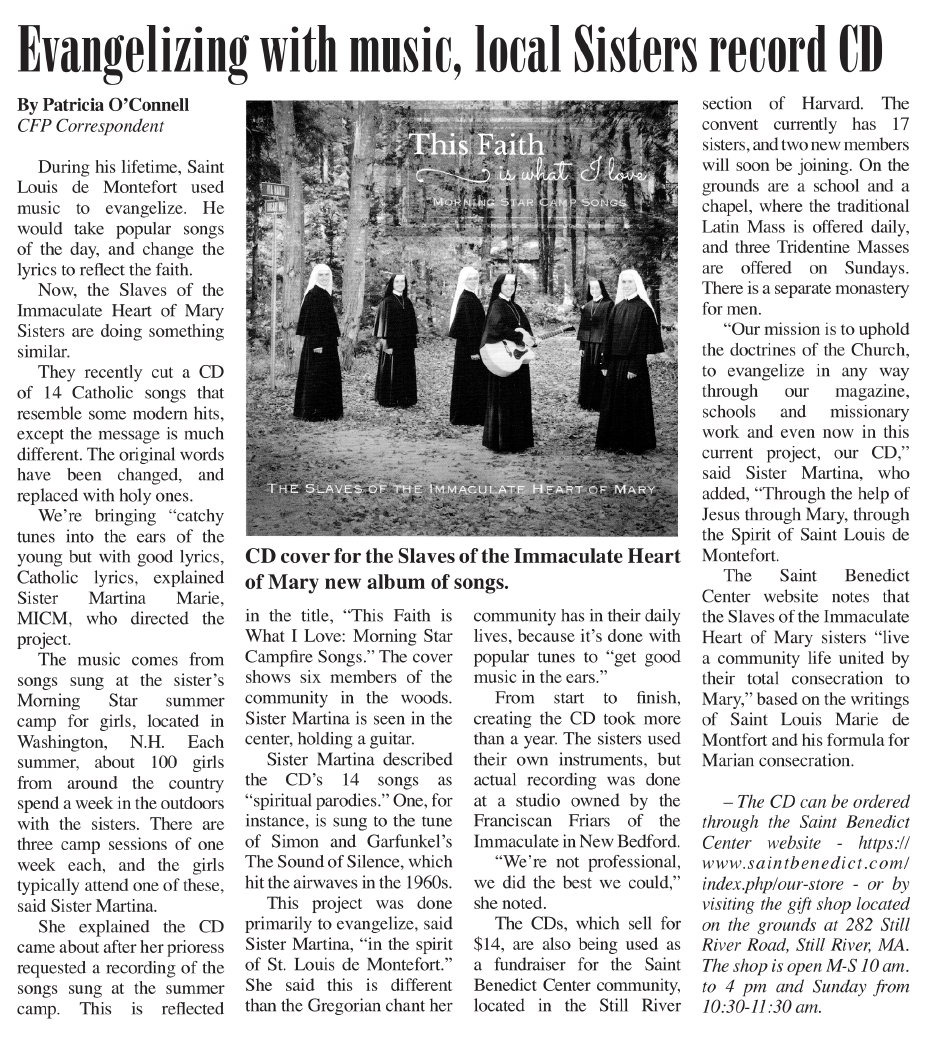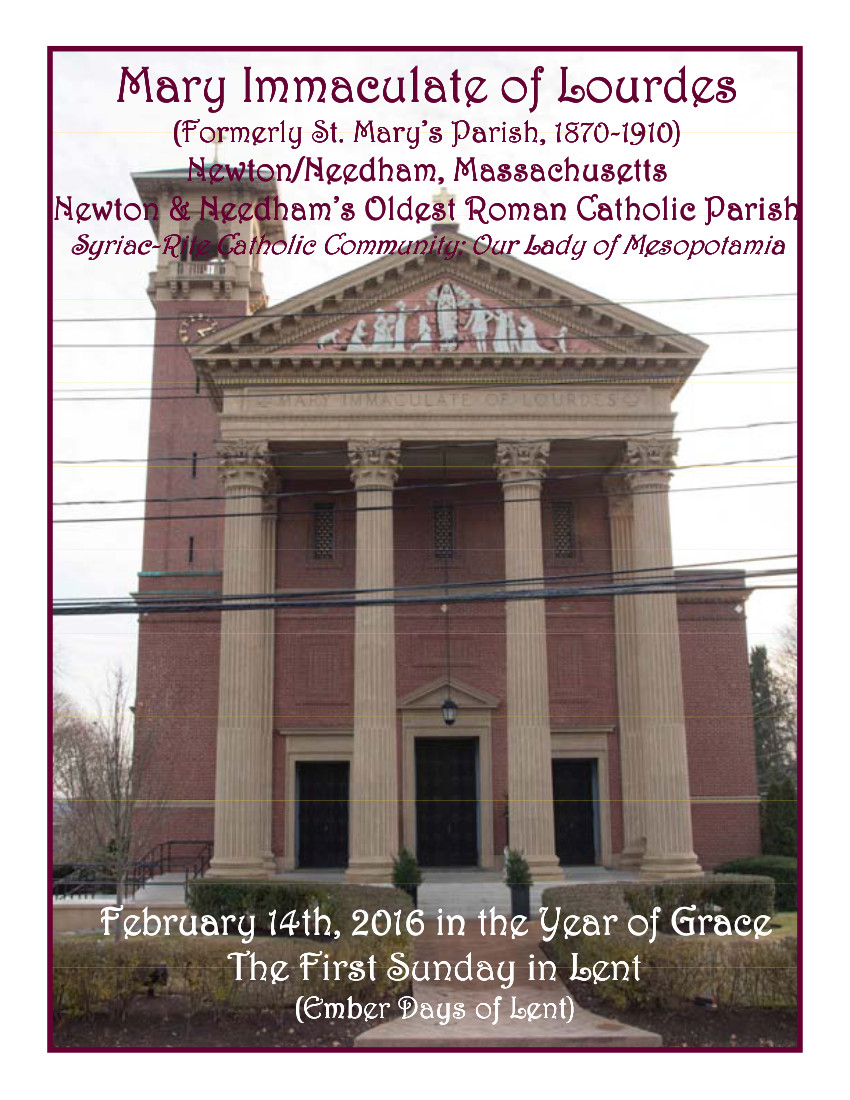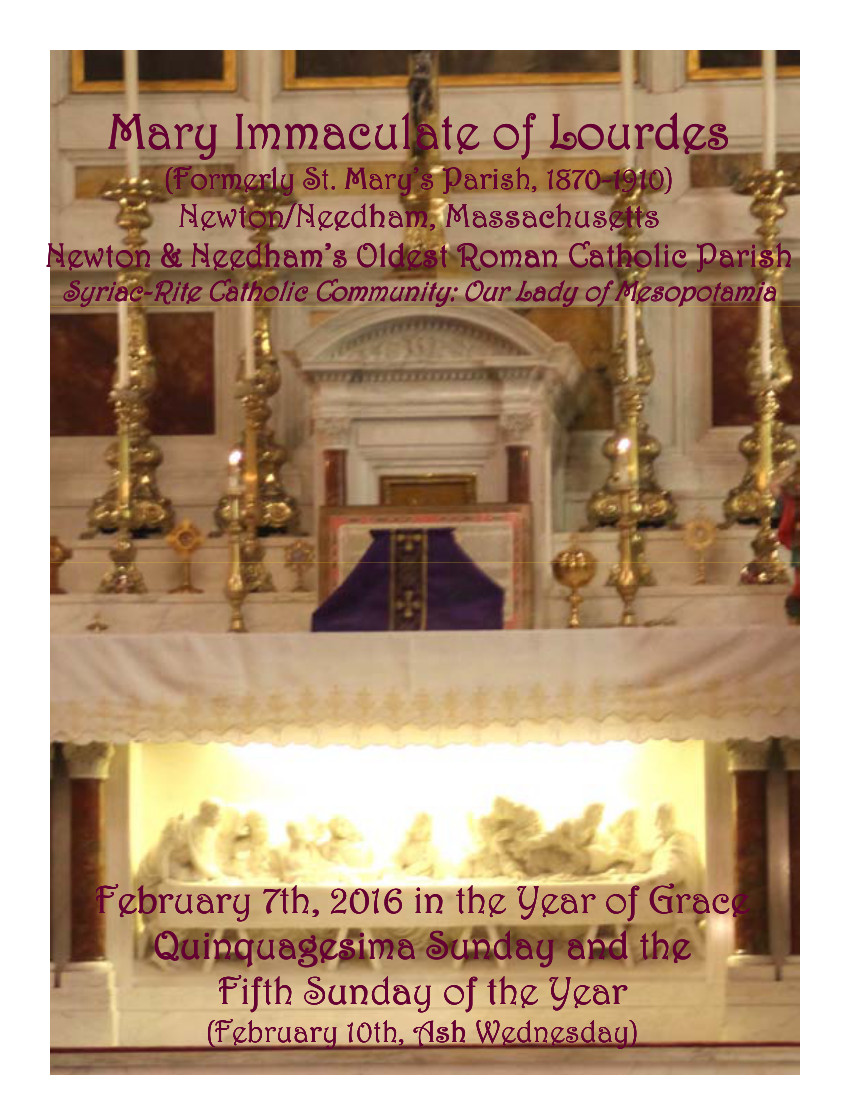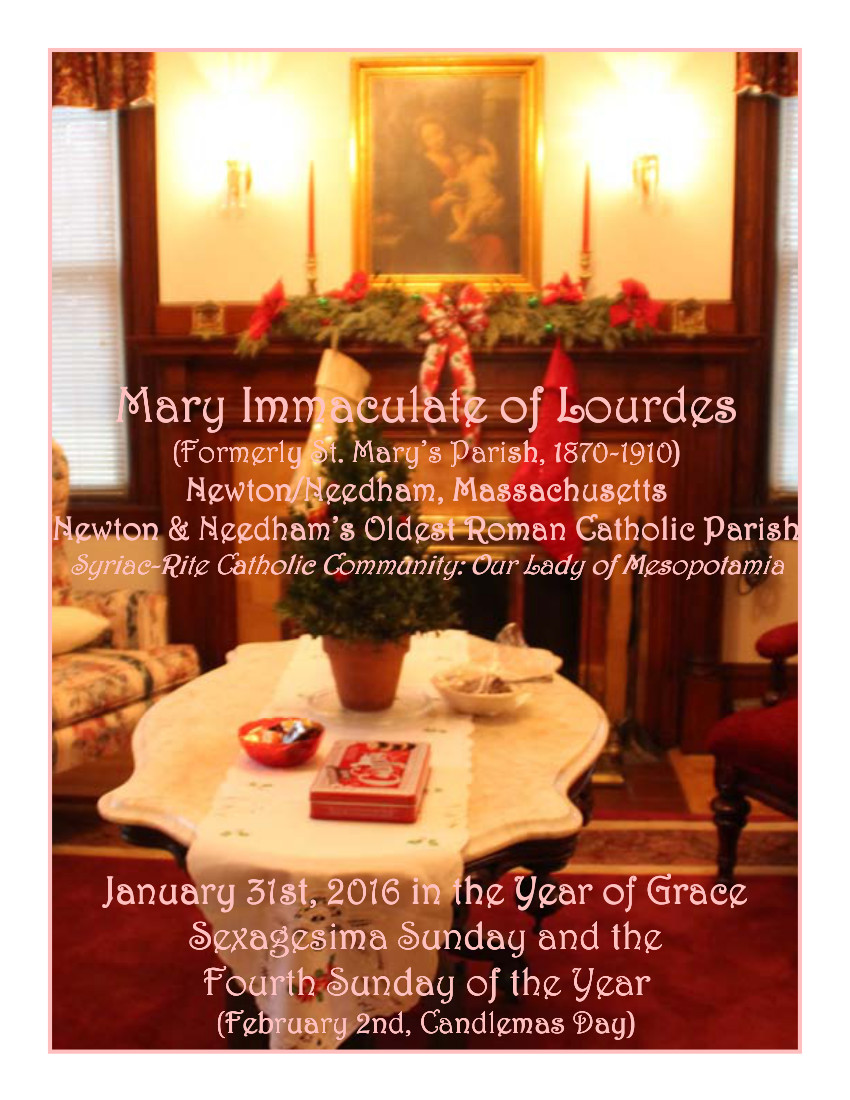Conference II
(Pastor’s Note from the Mary Immaculate of Lourdes Parish Bulletin for February 28, 2016)
This is Part Two of this year’s Parish Lenten Mission, THE PUBLIC LIFE OF JESUS: FROM JORDAN’S BANK TO JERUSALEM. Click here to read Part One.
How did people look upon this Man, Jesus of Nazareth? It is very evident that people considered His place of origin, Nazareth, as reason alone to reject Him? “Can anything good come from Nazareth?” Nathanael (Bartholomew), one of the future Twelve Apostles asks disparagingly when he first hears of “Jesus the son of Joseph of Nazareth?” (John 1:45-46). And even in His place of origin Nazareth itself, the people of that obscure, impoverished village look down on Jesus the son of Joseph the carpenter as “beneath” them, or at least as no-one they could ever take seriously as a miracle-working rabbi, unless, maybe, He were to start performing wonders right there in front of them.
Several months after Jesus has inaugurated His Public Life, when He comes back to the synagogue at Nazareth, He is violently rejected. People are murmuring: “How came this man by this wisdom and miracles? Is not this the carpenter’s son? Is not His mother called Mary?…” (Matthew 13:54b-55a) Why—He had not passed through the training of any Rabbinic school under a learned Master! “How doth this man know letters, having never learned?”
The “Carpenter’s Son”. In context this is a term used to describe the general work of a man who has to earn his daily bread by the strength of his own arms and whatever skill he may possess with his tools. St. Justin Martyr is the ancient source for stating that Jesus specially made “ploughs and yokes” (Contra Tryphon 88). Then, as ever, people make the most superficial judgments based on a man’s social standing and material good fortune. The lowliness of Jesus’ origins was a stumbling block to many, and played no small part in inciting the organized hatred of His enemies later on.
His ordinariness—which we who have the Christian faith gaze at in wonder: God’s condescension to us and His compassion—deflated the popular imagination of what the Great Messiah was going to be like. “We know this man, whence he cometh: but when the Christ cometh, no man knoweth whence he is.” (John 8:27) It was, of course, not known at the time, all that had transpired around Jesus’ Birth. This was Mary’s secret, only to be revealed later in the time of the Church: “But Mary kept all these words, pondering them in her heart.” (Luke 2:19)
John the Baptist, who had begun his preaching mission a few months before Jesus, at least had the aura of an other-worldly Man-of-God. No-one knew of John’s origins: he had suddenly appeared out of the desert, an utterly strange man. “John was in the desert, baptizing and preaching the baptism of penance, unto the remission of sins. And there went out to him all the country of Judea and all they of Jerusalem and were baptized by him in the river Jordan, confessing their sins. And John was clothed with camel’s hair, and a leathern girdle about his loins, and he ate locusts and wild honey.” (Mark 3:6) His appearance co-incided with the time of Daniel’s Prophecy as to when the Messiah should at last appear, so the people were in great expectation. Many held John to be the Messiah, although John denied that he was anything more than his herald who had come to prepare the way.
So great was people’s attachment to John the Baptist that his mission only gradually decreased in favor of Jesus of Nazareth. For much of the first year of Jesus’ Public Life, John the Baptist’s Mission is still going on concurrently. Four times John gives explicit testimony in favor of Jesus of Nazareth as the Christ and not himself. It is John who sends Jesus his first disciples from out of his own group, one of these being Andrew, the future Apostle and the brother of Simon Peter. Even after John’s murder at the order of Herod’s son Herod Antipas, and even after the preaching of the Gospel by the Apostles after Pentecost, a core group of John the Baptist’s followers tenaciously remained together, revering John and not transferring their allegiance to Jesus as the Christ.
The religious attachment to John the Baptist apart from Christianity has survived twenty centuries to our own day in the country of Iraq, among a sect called the Mandeans. Driven from their homeland by the recent strife a number of Mandean refugees have re-located in, all of places, Worcester, Massachusetts.
Whereas John was other-worldly and mysterious, Jesus was, to all appearances, an ordinary man, embedded in their everyday, ordinary world. He was so much a Jewish man of the Galilee. And while John lived a life of extreme deprivation, Jesus’ example was one of ordered enjoyment of life when He was in public.
Take, for example, the Wedding Feast at Cana. “And the third day, there was a marriage in Cana of Galilee, and the mother of Jesus was there. And Jesus also was invited, and His disciples to the marriage.” (John 2:1-2) Jesus was a guest at a large wedding feast. We cannot even imagine John the Baptist being there.
We also see here Jesus’ attachment to His kinfolk. In this time and place, a wedding feast is the gathering of the whole clan. It is no wonder that the bridal couple ran out of wine, given the demand that this event must have made on their hospitality. And it is here, as we know, that Jesus performs His first public miracle, at the behest of Mary, His mother.
“And the wine failing, the mother of Jesus saith to Him: they have no wine.” (John 2:3) He changes the gallons of ordinary water which had been poured into the large stone pots reserved for the Jewish ritual purifications into the finest of wines. “This beginning of miracles did Jesus in Cana of Galilee and manifested His glory. And His disciples believed in Him.” (John 2:11)
This first Public Miracle of Christ is also the ruling metaphor for what the whole Redemption of Christ is going to accomplish in the souls of those who will come to have faith in Him. He will take that “water” of ordinary, broken, and unredeemed human nature, and by His grace He will transform it and make it capable of sharing in the very life of God.
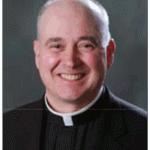
(Fr. Higgins)
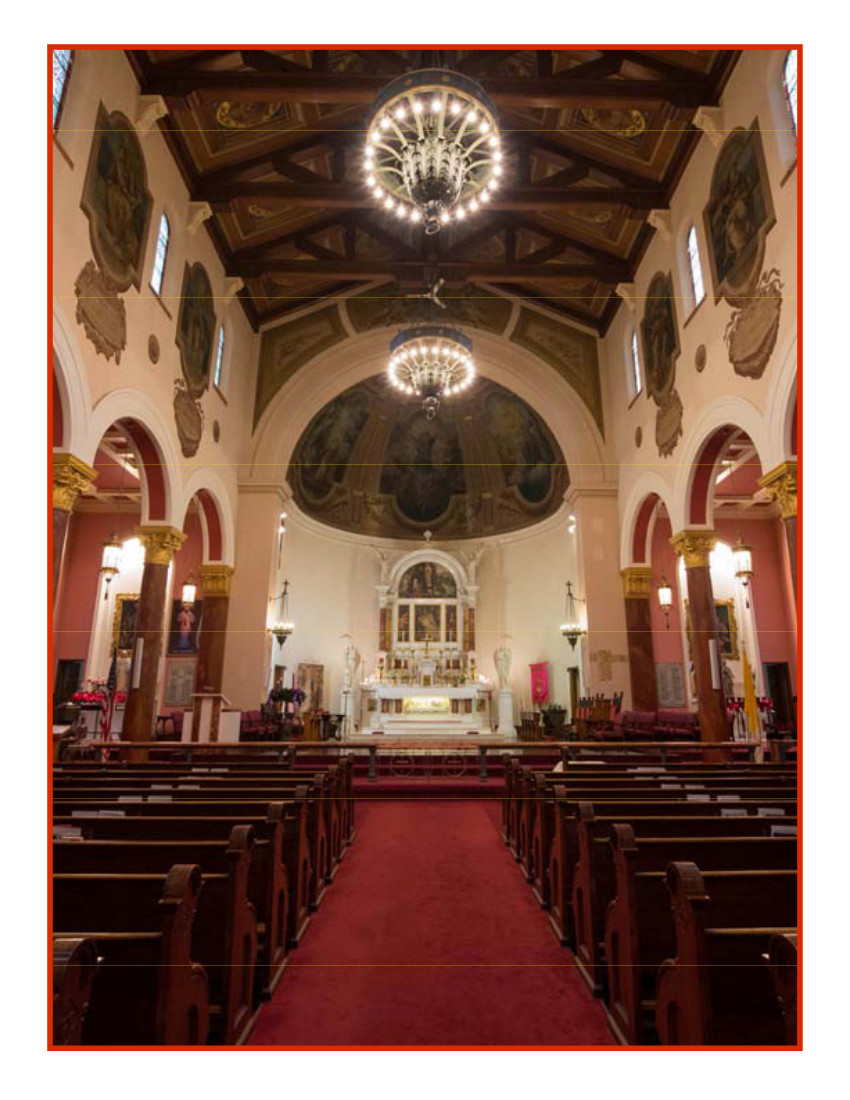 Bulletin: MaryImmaculate-2016-03-06.pdf
Bulletin: MaryImmaculate-2016-03-06.pdf
